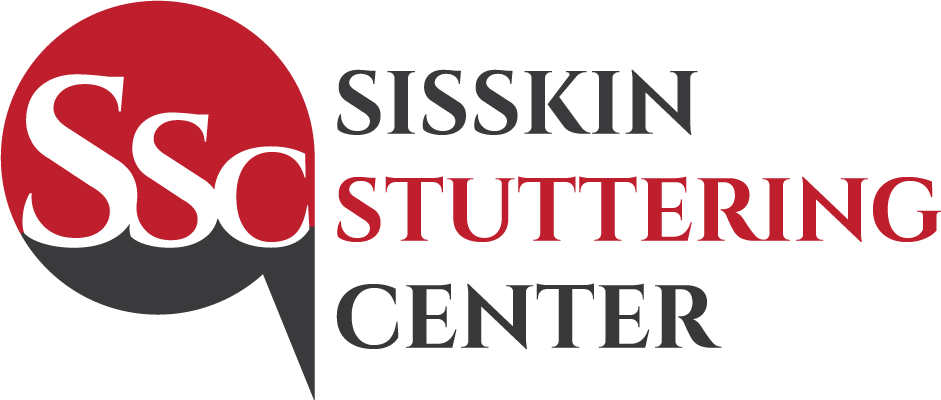Outcomes ahead, progress in the rearview mirror
ARTS® is based on the principle that, while stuttering has a neurological core, the problem of stuttering isn’t the stutter, but the fear of stuttering. In response to this fear, many people who stutter learn avoidance behaviors, such as losing eye contact during disfluency, substituting words, saying “uh” or “um” before a feared word, not answering the phone, not introducing oneself at a party or work meeting…in general, anything one does to avoid showing stuttering.
These avoidance behaviors maintain the fear of stuttering, which leads to what we call “struggle”: learned physical reactivity to stuttering, such as vocal cord tension or feeling stuck on a sound. This struggle causes many people who stutter to have feelings of shame or embarrassment about their speech, and negative thoughts related to listener reaction. These feelings and thoughts lead to more fear and avoidance, which leads to more struggle, which leads to more…it can be a vicious cycle.
The Sisskin Stuttering Center clinicians recognize that since it is fear and avoidance that fuels struggle, struggle can be reduced by removing the fuel. ARTS® clinicians work with people who stutter to systematically reduce their fear and avoidance related to their speech, at a pace and in an environment that matches their needs. Eventually, the reduction of fear results in less struggle and more comfortable, forward-moving speech.
A Closer Look
The roots of Avoidance Reduction Therapy for Stuttering (ARTS®) are found in the pioneering work of the late Joseph Sheehan, a professor of psychology at the University of California, Los Angeles, and his wife Vivian Sheehan, a speech pathologist. The Sheehans applied concepts from conflict theory and role theory to formulate an explanation for the behaviors and paradoxes observed among those who stutter.
Conflict Theory: The daily experience of stuttering is viewed as an “approach-avoidance conflict,” whereby competing desires to both speak and hold back from speaking result not only in maladaptive reactive behaviors that interfere with communication, but also in “mental gymnastics” that limit participation in daily life. Negative thoughts of what others will think combine with fear of speaking and/or stuttering, and lead to avoidance at many levels; word/sound avoidance, situational avoidance, and avoidance impacting relationships and life choices. Avoidance reduction (approaching feared situations), on the other hand, resolves the conflict. [Read more…]

